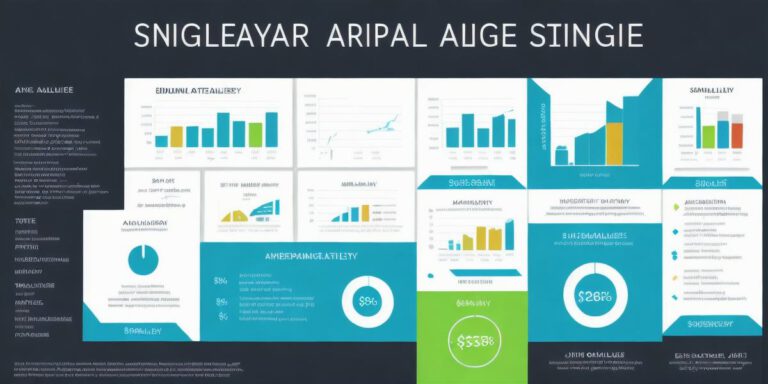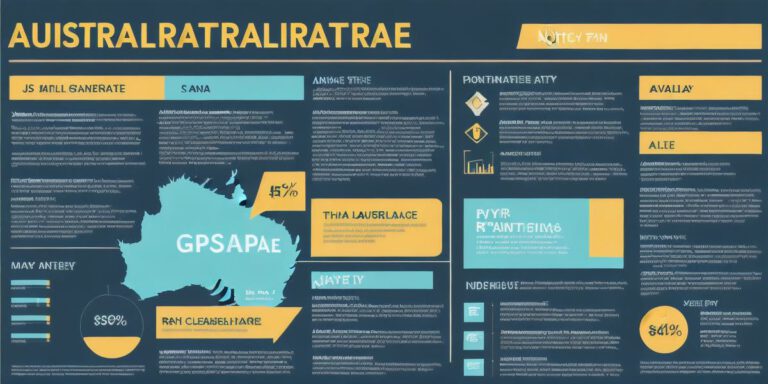Are you looking to monetize your YouTube channel? With over 2 billion active users, YouTube is a lucrative platform for content creators. However, earning money on YouTube can be a complex process. In this guide, we will explore various strategies and tips to help you maximize your earnings potential on the platform.
1. Determine Your Niche
The first step to success on YouTube is determining your niche. Identify what sets you apart from other content creators in your field. You want to create content that appeals to a specific audience, and they will be more likely to subscribe and share your videos if they can relate to your content.
2. Optimize Your Videos for SEO
Search engine optimization (SEO) is essential for getting your videos discovered by your target audience. Use relevant keywords in your video titles, descriptions, and tags. Also, make sure to include links to your website or other social media accounts in your videos to drive traffic and build a community.
3. Monetize Your Channel Through Ads
Advertising is the most common way for content creators to monetize their YouTube channels. You can earn money through pre-roll ads, mid-roll ads, and banner ads on your channel page. However, you need to have at least 1000 subscribers and 4000 watch time hours in the past 12 months to qualify for monetization.
4. Collaborate with Other Creators
Collaborating with other creators can help you reach new audiences and increase your earning potential. Look for influencers in your niche who have a similar target audience and reach out to them to discuss potential collaborations. You can also join YouTube communities and networking groups to connect with other content creators.
- Offer Merchandise and Sponsorships
In addition to advertising, you can also earn money through merchandise sales and sponsorships. You can create your own branded merchandise or partner with brands to promote their products in your videos. This can be an excellent way to supplement your income and build a loyal following.6. Focus on Engagement
Engagement is crucial for success on YouTube. Encourage your viewers to like, comment, and share your videos by asking questions and responding to feedback. You can also run contests and giveaways to increase engagement and attract new subscribers.
7. Track Your Analytics
Tracking your analytics is essential for understanding how your content is performing and making informed decisions about your content strategy. Use YouTube Analytics to track your views, watch time, audience demographics, and other key metrics. This will help you identify what works and what doesn’t and make adjustments accordingly.
8. Stay Consistent
Consistency is key to success on YouTube. Posting regular videos will keep your viewers engaged and help you grow your channel over time. Make a schedule for posting your videos and stick to it. You can also use a content calendar to plan out your topics and themes in advance.
In conclusion, earning money on YouTube requires hard work, dedication, and a well-thought-out strategy. By following these tips and best practices, you can maximize your earning potential and build a successful YouTube channel. Remember to stay consistent, engage with your audience, and never stop learning and improving. Good luck!FAQs:
Q: How much money can I earn on YouTube?
A: The amount of money you can earn on YouTube depends on your viewership, engagement rate, and monetization status. However, it’s important to note that earning money on YouTube is not easy and requires hard work and dedication.
Q: What are the requirements for YouTube monetization?
A: To qualify for YouTube monetization, you need to have at least 1000 subscribers and 4000 watch time hours in the past 12 months. You also need to comply with YouTube’s partner program policies and guidelines.
Q: How do I track my YouTube analytics?
A: To track your YouTube analytics, go to YouTube Studio and click on Analytics. From there, you can view metrics such as views, watch time, audience demographics, and other key performance indicators.







+ There are no comments
Add yours